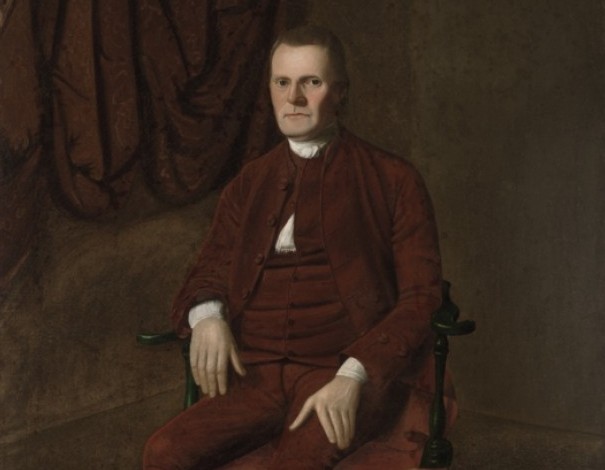On July 16, 1787, a plan proposed by Roger Sherman and Oliver Ellsworth, Connecticut’s delegates to the Constitutional Convention, established a two-house legislature. The Great Compromise, or Connecticut Compromise as it is often called, proposed a solution to the heated debate between larger and smaller states over their representation in the newly proposed Senate. The larger states believed that representation should be based proportionally on the contribution each state made to the nation’s finances and defense, and the smaller states believed that the only fair plan was one of equal representation. The compromise proposed by Sherman and Ellsworth provided for a dual system of representation. In the House of Representatives each state’s number of seats would be in proportion to population. In the Senate, all states would have the same number of seats. Amendments to the compromise based representation in the House on total white population and three-fifths of the black population. On July 16, 1787, the convention adopted the Great Compromise by a one-vote margin.
FUNDING CUTS IMPACT CT HUMANITIES: Help CT Humanities navigate recent funding cuts and continue our vital work across Connecticut. All donations made to CTH will be matched dollar-for-dollar up to $50,000. Donate today!









